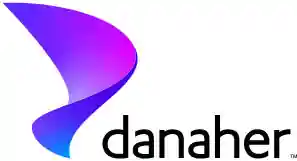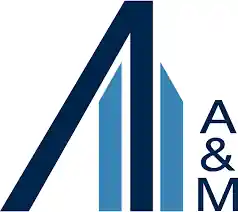
Brazil Scrap Metal Recycling Market Growth, Size, Trends, Share, Revenue and Future Outlook
Brazil Scrap Metal Recycling Market Size- By Metal, By Scrap Type, By Equipment, By End User- Regional Outlook, Competitive Strategies and Segment Forecast to 2033
| Published: Aug-2024 | Report ID: CHEM2482 | Pages: 1 - 106 | Formats*: |
| Category : Chemical & Materials | |||
- In October 2020, ArcelorMittal and Triple M merged to become Integrated Metal Recycling Inc. This joint company will consolidate several of the two partners' recycling programmes in Quebec. This cooperation is projected to increase revenue for the scrap metal recycling business.
- In May 2020, Aurubis AG acquired Metallo, a scrap metal recycling company. This purchase was designed to expand the company's metal scrap production capabilities. It will also most likely help Aurubis AG boost its global market share in metal recycling.


| Report Metric | Details |
| Market size available for years | 2020-2033 |
| Base year considered | 2023 |
| Forecast period | 2024-2033 |
| Segments covered | By Metal, By Scrap Type, By Equipment, By End User |
| Regions covered | Eastern Region, Western Region, Southern Region, Northern Region |
| Companies Covered | Gerdau S.A, Companhia Brasileira de AlumÃnio (CBA), Metalic, R.S. Metais, Brasil Metals, WR Metais, Cobrecom, Recemil. |
- Scrap Metal Collectors and Dealers
- Recycling Companies
- Manufacturing and Industrial Companies
- Government and Regulatory Bodies
- Investors and Financial Institutions
- Environmental Organizations
- Waste Management Companies
- End-users
| By Metal: |
|
| By Scrap Type: |
|
| By Equipment: |
|
| By End User: |
|
- Brazil Scrap Metal Recycling Market Size (FY’2024-FY’2033)
- Overview of Brazil Scrap Metal Recycling Market
- Segmentation of Brazil Scrap Metal Recycling Market By Metal (Ferrous, Non-ferrous)
- Segmentation of Brazil Scrap Metal Recycling Market By Scrap Type (Old Scrap, New Scrap)
- Segmentation of Brazil Scrap Metal Recycling Market By Equipment (Shredders, Shears, Granulating Machines, Briquetting Machines)
- Segmentation of Brazil Scrap Metal Recycling Market By End User (Building & Construction, Automotive, Equipment Manufacturing, Shipbuilding, Packaging, Consumer Appliances, Others)
- Statistical Snap of Brazil Scrap Metal Recycling Market
- Expansion Analysis of Brazil Scrap Metal Recycling Market
- Problems and Obstacles in Brazil Scrap Metal Recycling Market
- Competitive Landscape in the Brazil Scrap Metal Recycling Market
- Impact of COVID-19 and Demonetization on Brazil Scrap Metal Recycling Market
- Details on Current Investment in Brazil Scrap Metal Recycling Market
- Competitive Analysis of Brazil Scrap Metal Recycling Market
- Prominent Players in the Brazil Scrap Metal Recycling Market
- SWOT Analysis of Brazil Scrap Metal Recycling Market
- Brazil Scrap Metal Recycling Market Future Outlook and Projections (FY’2024-FY’2033)
- Recommendations from Analyst
1.1. Scope of the report1.2. Market segment analysis
2.1. Research data source2.1.1. Secondary Data2.1.2. Primary Data2.1.3. SPER’s internal database2.1.4. Premium insight from KOL’s2.2. Market size estimation2.2.1. Top-down and Bottom-up approach2.3. Data triangulation
4.1. Driver, Restraint, Opportunity and Challenges analysis4.1.1. Drivers4.1.2. Restraints4.1.3. Opportunities4.1.4. Challenges4.2. COVID-19 Impacts of the Brazil Scrap Metal Recycling Market.
5.1. SWOT Analysis5.1.1. Strengths5.1.2. Weaknesses5.1.3. Opportunities5.1.4. Threats5.2. PESTEL Analysis5.2.1. Political Landscape5.2.2. Economic Landscape5.2.3. Social Landscape5.2.4. Technological Landscape5.2.5. Environmental Landscape5.2.6. Legal Landscape5.3. PORTER’s Five Forces5.3.1. Bargaining power of suppliers5.3.2. Bargaining power of buyers5.3.3. Threat of Substitute5.3.4. Threat of new entrant5.3.5. Competitive rivalry5.4. Heat Map Analysis
6.1. Brazil Scrap Metal Recycling Market Manufacturing Base Distribution, Sales Area, Product Type6.2. Mergers & Acquisitions, Partnerships, Product Launch, and Collaboration in Brazil Scrap Metal Recycling Market
7.2. Brazil Scrap Metal Recycling Market Size, Share and Forecast, By Metal, 2027-20337.1. Brazil Scrap Metal Recycling Market Size, Share and Forecast, By Metal, 2020-20267.3. Ferrous
7.3.1. Iron7.3.2. Steel7.4. Non-ferrous7.4.1. Copper7.4.2. Aluminum7.4.3. Lead7.4.4. Others
8.1. Brazil Scrap Metal Recycling Market Size, Share and Forecast, By Scrap Type, 2020-20268.2. Brazil Scrap Metal Recycling Market Size, Share and Forecast, By Scrap Type, 2027-20338.3. Old Scrap8.4. New Scrap
9.1. Brazil Scrap Metal Recycling Market Size, Share and Forecast, By Equipment, 2020-20269.2. Brazil Scrap Metal Recycling Market Size, Share and Forecast, By Equipment, 2027-20339.3. Shredders9.4. Shears9.5. Granulating Machines9.6. Briquetting Machines
10.1. Brazil Scrap Metal Recycling Market Size, Share and Forecast, By End User, 2020-202610.2. Brazil Scrap Metal Recycling Market Size, Share and Forecast, By End User, 2027-203310.3. Building & Construction10.4. Automotive10.5. Equipment Manufacturing10.6. Shipbuilding10.7. Packaging10.8. Consumer Appliances10.9. Others
11.1. Brazil Scrap Metal Recycling Market Size and Market Share
12.1. Brazil Scrap Metal Recycling Market Size and Market Share By Region (2020-2026)12.2. Brazil Scrap Metal Recycling Market Size and Market Share By Region (2027-2033)12.3. Eastern Region12.4. Western Region12.5. Southern Region12.6. Northern Region
13.1. Gerdau S.A
13.1.1. Company details13.1.2. Financial outlook13.1.3. Product summary13.1.4. Recent developments13.2. Companhia Brasileira de AlumÃnio (CBA)13.2.1. Company details13.2.2. Financial outlook13.2.3. Product summary13.2.4. Recent developments13.3. Metalic13.3.1. Company details13.3.2. Financial outlook13.3.3. Product summary13.3.4. Recent developments13.4. R.S. Metais13.4.1. Company details13.4.2. Financial outlook13.4.3. Product summary13.4.4. Recent developments13.5. Brasil Metals13.5.1. Company details13.5.2. Financial outlook13.5.3. Product summary13.5.4. Recent developments13.6. WR Metais13.6.1. Company details13.6.2. Financial outlook13.6.3. Product summary13.6.4. Recent developments13.7. Cobrecom13.7.1. Company details13.7.2. Financial outlook13.7.3. Product summary13.7.4. Recent developments13.8. Recemil13.8.1. Company details13.8.2. Financial outlook13.8.3. Product summary13.8.4. Recent developments13.9. Others
SPER Market Research’s methodology uses great emphasis on primary research to ensure that the market intelligence insights are up to date, reliable and accurate. Primary interviews are done with players involved in each phase of a supply chain to analyze the market forecasting. The secondary research method is used to help you fully understand how the future markets and the spending patterns look likes.
The report is based on in-depth qualitative and quantitative analysis of the Product Market. The quantitative analysis involves the application of various projection and sampling techniques. The qualitative analysis involves primary interviews, surveys, and vendor briefings. The data gathered as a result of these processes are validated through experts opinion. Our research methodology entails an ideal mixture of primary and secondary initiatives.
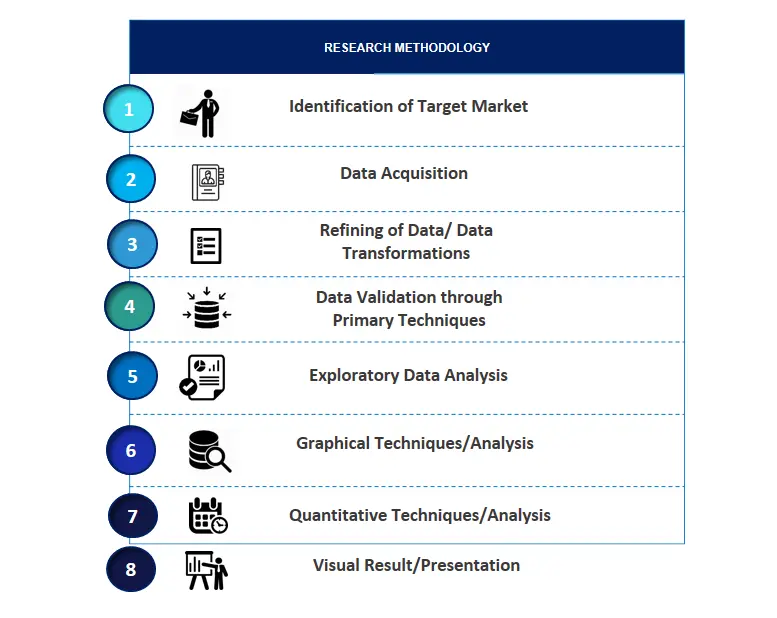
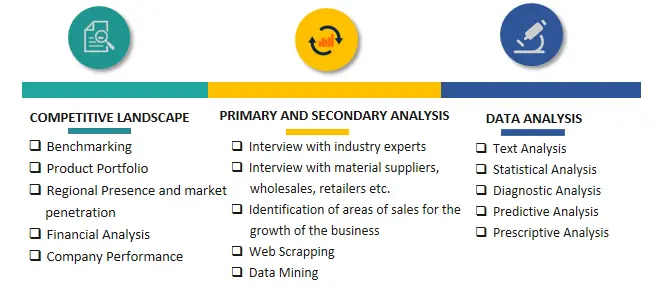

Frequently Asked Questions About This Report
PLACE AN ORDER
Year End Discount
Sample Report
Pre-Purchase Inquiry
NEED CUSTOMIZATION?
Request CustomizationCALL OR EMAIL US
100% Secure Payment
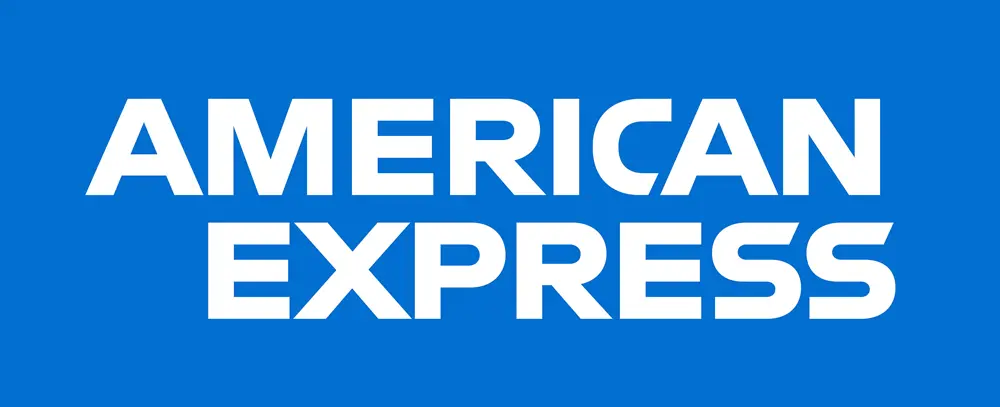
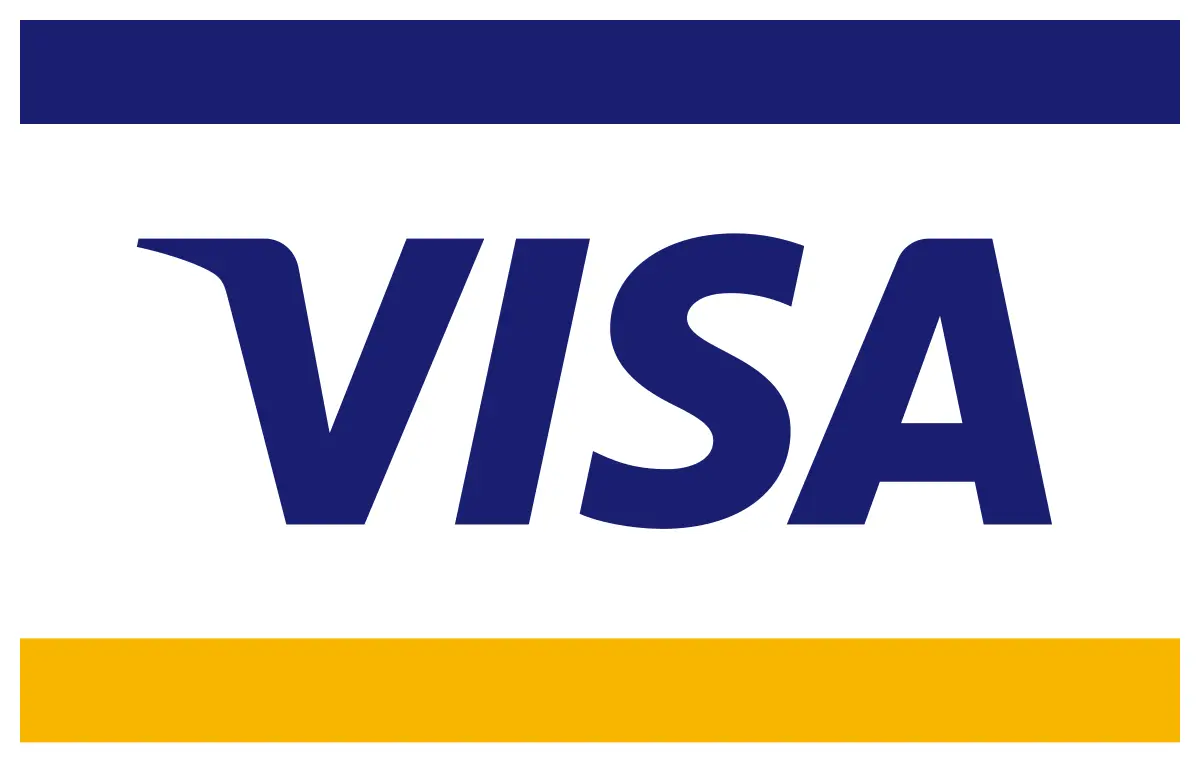
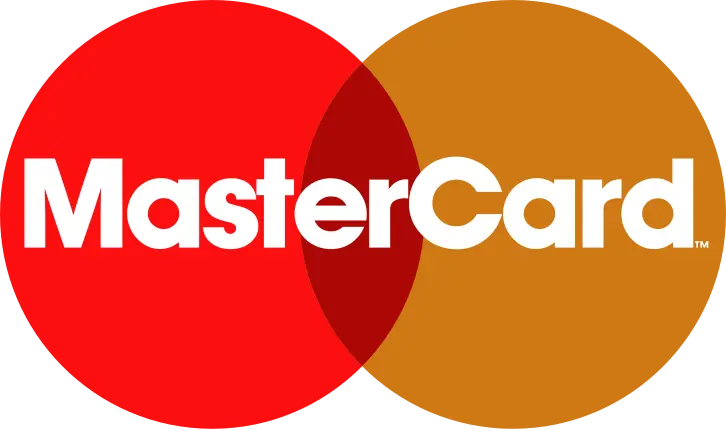
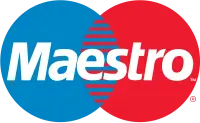


Related Reports
Our Global Clients
Our data-driven insights have influenced the strategy of 200+ reputed companies across the globe.



















